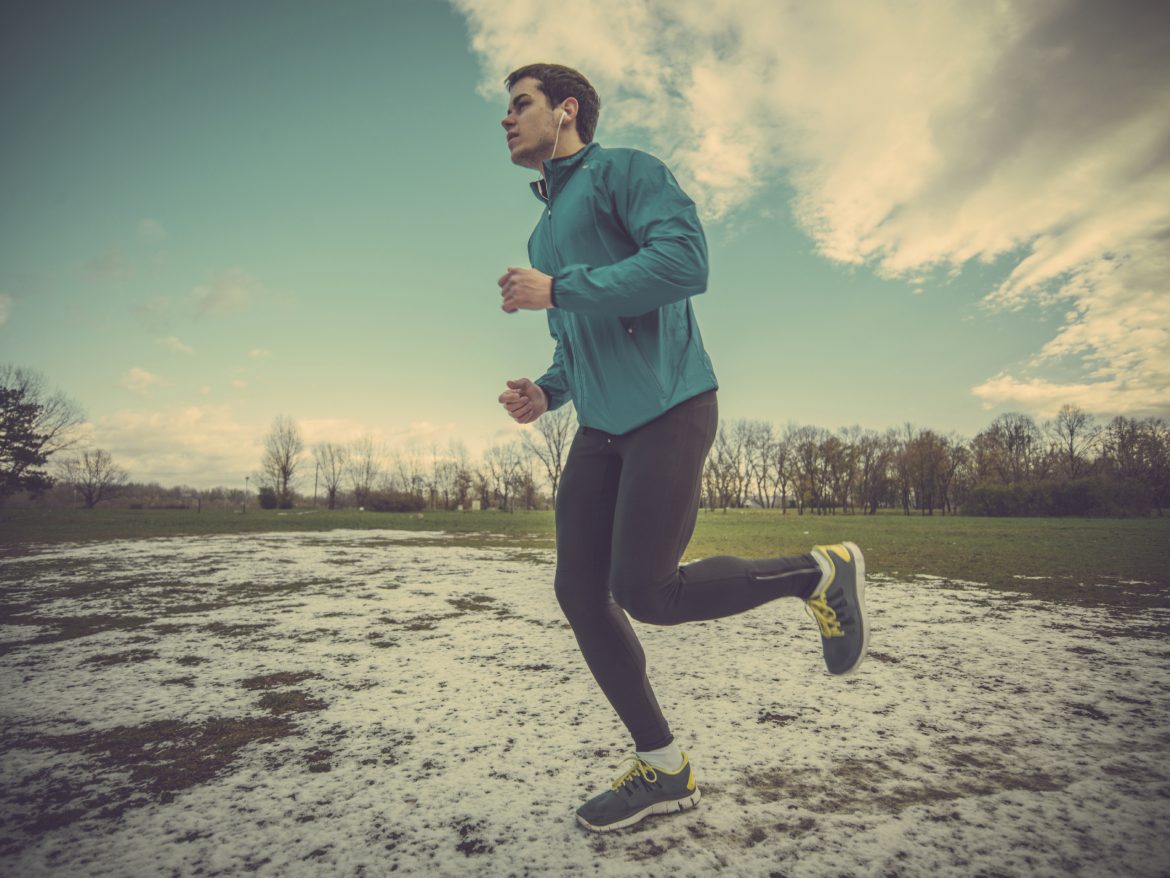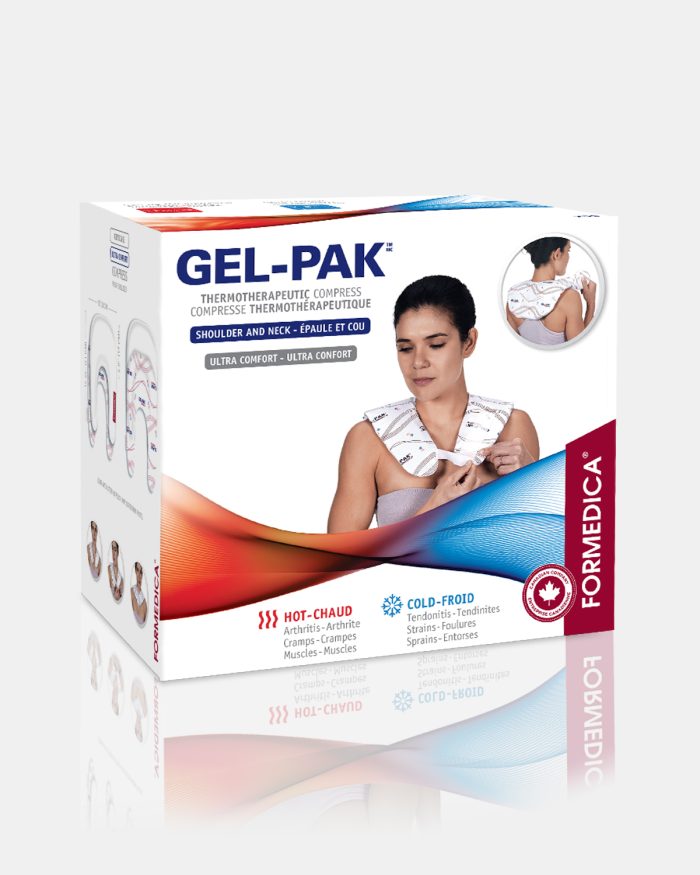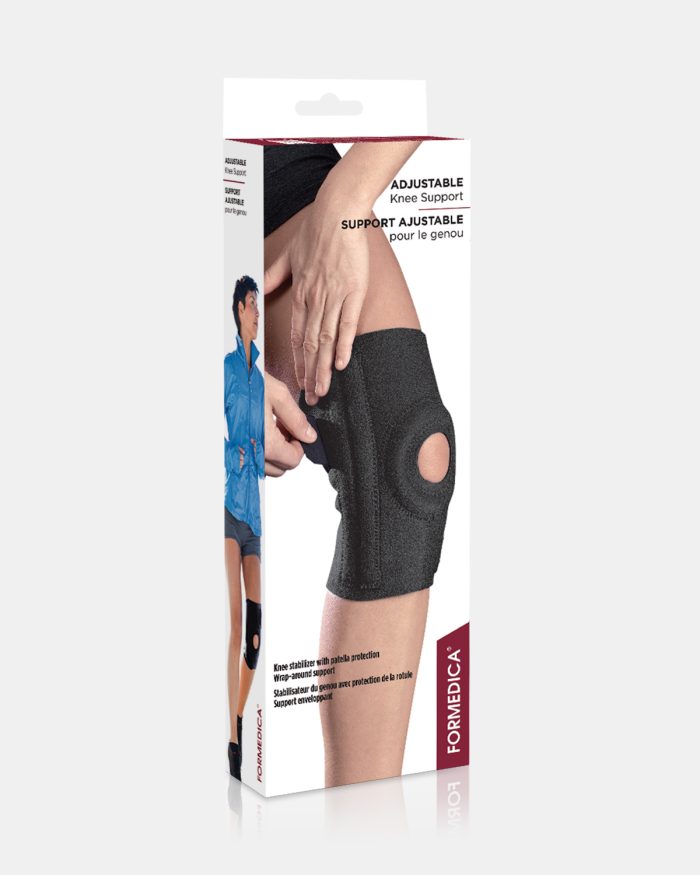
Bursitis is an inflammation of a bursa. Bursae are small, malleable fluid-filled sacs located around the joints, between the tendons and the bones. They play a double role of padding and lubricating, when tendons and muscles move over the bones. With excessive efforts, tendons can thicken or become knotted, which cause friction and, as a result, inflammation.
Bursae can be found around the knee, elbow, shoulder and wrist joints. While every one of these joints can be affected by bursitis, the one most prone to bursitis is the shoulder.
Bursitis can be acute or chronic. Chronic bursitis is sporadic, and each episode can last from several weeks to several months.
Bursitis is an inflammation of a bursa. Bursae are small, malleable fluid-filled sacs located around the joints, between the tendons and the bones. They play a double role of padding and lubricating, when tendons and muscles move over the bones. With excessive efforts, tendons can thicken or become knotted, which cause friction and, as a result, inflammation.
Bursae can be found around the knee, elbow, shoulder and wrist joints. While every one of these joints can be affected by bursitis, the one most prone to bursitis is the shoulder.
Bursitis can be acute or chronic. Chronic bursitis is sporadic, and each episode can last from several weeks to several months.
WHAT CAN CAUSE BURSITIS?
Different factors can cause or predispose someone to bursitis. These factors are generally grouped in four categories:
TRAUMA OR INJURY
Bursae are rarely caused by muscle sprains. However, injury induced by a direct trauma (a hit, for instance) and resulting in a deep contusion can be accompanied by inflammation, which will in turn cause severe pain and swelling. This is referred to as acute bursitis, a short-term disorder that often heals without treatment.
OVERUSE
Inflammation can also be caused by micro traumas resulting from repetitive effort to the joint (such as throwing a ball) or from continuous pressure to the bursa (a crouching position for instance). In fact, some forms of bursitis are named after the occupation at the origin of the problem: “housemaid’s knee”, “coal miner’s elbow”, and let’s not forget “tailor’s seat” or “weaver’s bottom”!
AN INFLAMMATORY ARTHRITIS DISORDER
Some illnesses, such as rheumatoid arthritis and gout, can cause bursitis, often because of the calcium-based crystals that form in Bursae, which cause friction, tearing and inflammation.
AN INFECTION
A great number of bacteria can infect Bursae and cause what is known as septic bursitis. Bursae near the skin surface are more prone to infection. People most at risk of developing septic bursitis include those who take cortisone, show skin lesions above a bursa, or suffer from diabetes, alcoholism and certain renal disorders.
HOW CAN BURSITIS BE PREVENTED?
The only way to prevent chronic bursitis is to minimize mechanical stress on joints, which will allow you to avoid micro traumas from which the disorder originates. Repetitive movements and prolonged kneeling or crouching positions are the main triggers.
For instance, floor or rug installers are prone to patellar bursitis, the same way individuals who regularly work with raised arms, such as commercial painters, are more at risk for shoulder bursitis.
To save your knees, you can try using knee protectors or knee guards with built-in seats, which can be worn as a preventive measure when work involves kneeling or crouching for long periods. To minimize the risk of shoulder bursitis, it can beneficial to lower the work area, if possible, or to use lifting platforms to avoid having to raise the arms.
THE SYMPTOMS OF BURSITIS
As for most musculoskeletal disorders, the first and main symptom of bursitis is pain. This pain appears in the area of the affected joint and is generally aggravated by unusual movements. In certain cases, especially with respect to shoulder bursitis, there can also be a feeling of stiffness and a loss of latitude in the movement.
When inflammation affects Bursae near the skin surface, as is the case for patellar or elbow bursitis, there can be redness and swelling around the area. Skin can also become very hot. That is a sign of crystals or bacterial infection.
It is important to note that a great number of illnesses can cause joint pain. The first reaction to a sore joint should therefore be to consult a physician in order to obtain an accurate diagnosis and to ensure you’re receiving the right treatment.
HOW IS BURSITIS TREATED?
Episodic bursitis, that is, those caused by overuse instead of bacteria, are generally treated by following a few simple rules:
RESTING THE AFFECTED JOINT
It is important to stop any activity that may be causing or worsening the inflammation of the bursa. You can use a splint or brace to immobilize the affected joint.
RELIEVING PAIN AND REDUCING SWELLING
In the acute phase, applying ice or a cold gel compress to the area will relieve pain and fight inflammation. Analgesic or anti-inflammatory medication can also be required.
If these treatments are not effective, corticosteroids injected directly into the bursa can be considered. Corticosteroids are powerful anti-inflammatory drugs that reduce inflammation, but their effects are temporary. They can also carry side effects, such as acute reaction, infection and bleeding. If the shots do not provide relief, corticosteroid tablets may become an option, but the risk of side effects is even greater.
PERFORMING REHABILITATION EXERCISES
During the recovery period, performing rehabilitation exercises will help you regain your full range of motion and prevent stiffness. For an effective exercise program, consult your physician or physiotherapist. Other types of treatments, such as ultrasounds, could also be prescribed to you.
Most patients seeking medical treatment for bursitis recover completely and can return to work without any restriction.

